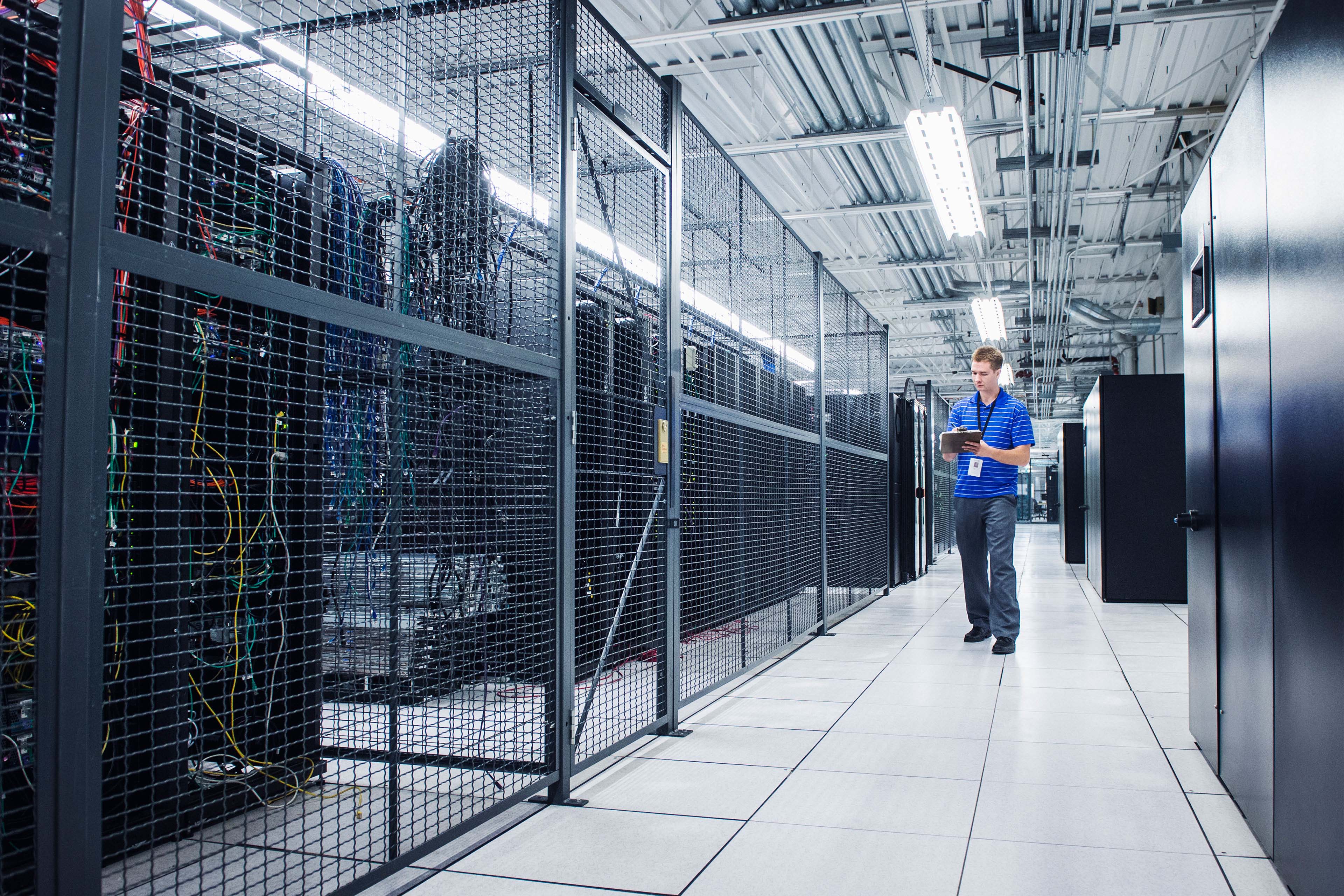What is cloud FinOps?
FinOps provides disciplined processes to build and execute cloud-transparent financial management that unites business goals within an agency culture. Cloud FinOps is an emerging practice initiated within the commercial sector that is now finding direct relevance and influence in state and local marketplaces to unite the efforts of workload owners, infrastructure DevSecOps teams and chief financial officers (CFOs). Organizations without or with limited FinOps processes create ad hoc budgets, forecast using trend data and are not integrated with DevSecOps teams to create cloud cost forecasts or evaluate discrepancies from forecasted spending. In these organizations and as communicated in The 2022 State of FinOps Report, released by the FinOps Foundation, monthly cloud bills can vary by more than 30% per month, whereas successful FinOps programs keep costs in check while identifying where to focus agency efforts to optimize cloud spending and limited internal cloud resources.
Understand the roles and scope of the state FinOps office
Today, technology is consumed “as a service” and on demand. Most organizations are not set up for and lack the appreciation of how on-demand cloud consumption changes cost management and the impact to streamlined IT budgets. Traditional budgeting and accounting processes are no longer fit for the same purpose and need to evolve for dynamic technology spending.
FinOps is about empowering cost management by balancing and paying for the cloud services that are most useful and used. The first step with cloud FinOps is to get DevSecOps teams, the CIO, the CFO and the Office of the Chief Procurement Officer (OCPO) organizations to collaborate and work together. In our experience, when opex budgets are exceeded despite best intentions, searching for the cause can create tension between teams. There is also a disconnect between the overall IT organization budget and the cloud spend of individual programs within the business. The lack of control and visibility across the entirety of an agency’s cloud spending is limited due to disparate acquisition mechanisms, reporting tools and competing budgets. Therefore, building FinOps processes that put humans at the center and define who is responsible, accountable, consulted and informed (RACI) within each step of the process is key in uniting business, finance, and IT and DevSecOps.
Provide cloud infrastructure owners the visibility they need to optimize workloads
Many state agencies and programs migrated from state-managed data centers. However, to move to the cloud, some programs migrated using the “lift-and-shift” model to claim a cloud victory. In doing so, they replicated the same architecture within the cloud. Few built new business cases that planned for additional capacity needs and increased information sharing across government or the ability for greater engagement of citizen constituencies. Many state agencies did not plan for the costs associated with cloud hosting and took “pay for what you use” to mean lower costs without fully understanding the cloud operating model. Most feared re-factoring the workload’s architecture as adding a layer of additional complexity to the migration and are now left with the same architecture — replicated as containerized virtual machines within the cloud. With the shift to consumed services and on-demand platform and data services, legacy applications in the cloud overuse CPU compute services, memory and storage, therefore increasing monthly spending beyond traditional data center costs.
In addition, how cloud services are acquired — through numerous contract vehicles, small business cloud spending contracts, individual contracts with other direct costs and program-specific multiple contract line items — makes it extremely difficult to get cloud spending under a single view and take full advantage of aggregated cloud economies of scale. Agencies require full cloud spending situational awareness and should explore new business operating models and re-factor cloud architecture to use cloud-native services that reduce CPU usage and storage and scale on-demand services. EY Cloud FinOps (Finance plus DevOps) encompasses an operating model and management practices for the cloud that bring technology, finance and other business areas together to increase the business value of the cloud, enabling teams to fully understand and manage cloud costs and to make informed trade-offs and decisions.
- It’s a practice, not a prescription. Organizations don’t do it once and move on; it is continuous improvement.
- FinOps is cross-functional. The FinOps team doesn’t do it in a vacuum, it coordinates.
- It is entirely designed to break down silos that exist in traditional IT procurement and start conversations.
- It’s not about cost; it’s about the value obtained by each unit of cost.
Benchmark and utilize performance tracking
By utilizing cloud tools within StateRAMP cloud environments, other providers and even homegrown services, business leaders can mark required data to justify cloud business cases. The 2022 State of FinOps Report survey conducted by the FinOps Foundation found that many organizations continue to rely on an average of 3.7 tools made up from a mix of native tools and other third-party products. However, for state agencies, not all tools are included on department Technical Reference Models. With limited commercial data tools available, agencies need to integrate and develop custom dashboards for cloud spending situational awareness to visualize necessary benchmarking and performance tracking.
Balance the business case for workload and platform owners
Although the industry is united through ROI and profitability calculations, according to a study reported in Mobile Magazine, 83% of CIOs say they are under pressure to make their budgets stretch further than ever before — with a key focus on improved cloud cost management. While state governments are expected to operate with reduced spending, workload owners are reluctant to re-factor architecture for fear of losing future budget dollars. Therefore, agencies need to support good cloud decision-making to balance portfolios across multi-cloud environments while decreasing cost. Establishing benchmarks and key performance indicators will be critical to help evolve agency cloud FinOps maturity.






